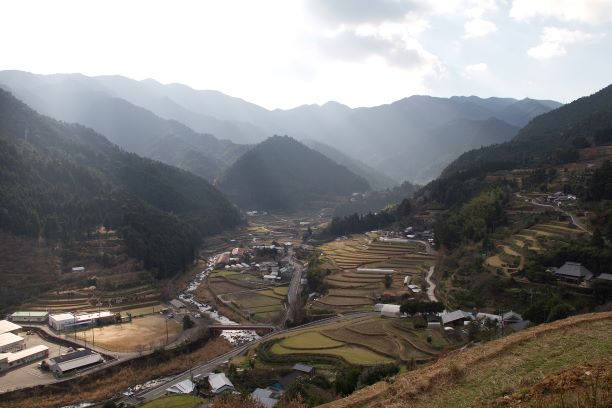

A sleepy Town in Japan sets an example in Waste management
Big economies suffered in 2018 when China closed its borders to recycle the world’s waste sending shockwaves across the globe as the countries like UK, US, and other European countries struggled to find a way to deal with their mess and garbage.
Its a challenge that is still around, as countries wade through complex mechanisms to curb the exploding waste problem. Kamikatsu is a town located in Katsuura District, Tokushima Prefecture, Japan. Kamikatsu is a “zero waste” town, all household waste is separated into 45 different categories and sent to be recycled.
The Journey
Kamikatsu’s journey towards zero waste started more than two decades ago. Before this, the village had given little thought to processing its waste, either burning it in an open incinerator or burying it in the ground.
A failed new incinerator project, however, forced the village to rethink its strategy. The project was rendered a health and safety risk by the central government, because of the number of harmful dioxins it released into the air.
The village decided to renew their efforts to reduce as much waste as possible, and the Zero Waste Academy, led by Akira Sakano, was born. In practice, the idea is quite simple: waste gets separated into categories and wherever possible is reused, recycled, or reduced.


But while the idea is not necessarily revolutionary, but Sakano’s scheme goes well beyond that.
The rubbish is separated into least 45 categories, at the top, food waste, metals, paper, plastics, glass bottles, food trays, furniture, and machines all get separated. There are often subcategories, so metal will get separated into aluminum and steel, or paper gets separated into newspaper, cardboard, paper carton, paper carton with aluminum (coated), hard paper tubes, paper cups, and shredded paper.
Sakano says it took some time to persuade the local population at first. Not only did they have to wash and sort their waste at home, but they were also expected to bring it to the waste-collection centre.
[related_post]
“It was a real shift in lifestyle,” she explained at Davos WEF. “Lots of people were against the new collection system, asking why they had to bring their own rubbish to our waste-management site. They thought that the municipal government wasn’t doing its job properly.”
So the municipal office set about organizing gatherings in the local community where conversations could take place. The word got around and residential groups got behind the scheme, and soon, pretty much everyone was involved.
The Zero Waste Academy operates under four Ls – local, low cost, low impact, and low tech. The scheme took off and, by the end of 2018, only 19% of the town’s rubbish had to be sent to an incinerator or landfill. That’s not all. The waste-management centre has deliberately morphed into a hub of the local community.
Read Also: Finland’s Second-Hand Goods Markets targets Sustainability challenge
For instance, the onsite “kuru-kuru” (circular) shop takes clothing, tableware and sundries that are still useable, but no longer wanted by their owners, and gives them to others. People can also borrow more than 8,000 items of tableware every year, eliminating the need for residents to buy single-use plates and cups for special events.
There’s also an upcycling craft centre. As 2020 looms into view, Sakano ruefully admits that their target of 100% zero waste will not be possible without the contribution of the bigger system and wider stakeholders. She believes it’s now time to start pressuring others to contribute.
“Our target of 100% cannot be achieved while manufacturers continue to use non-recyclable products,” she says. Sakano’s ultimate dream is to see the programme replicated on a global scale. She says that that 80-90% progress towards zero waste is achievable – if towns and villages are creative.
The Indian Federation of Green Energy (IFGE) and the Embassy of Nepal have jointly organized…
Saudi Arabia’s Forward7 Initiative—formerly known as the Clean Fuel Solutions for Cooking Initiative—has collaborated with…
In a significant move toward advancing green energy and industrial growth in the state, Himachal…
Golabl chemical conglomerate BASF has announced that its now offering the world’s first biomass-balanced polyethersulfone…
In a crucial stint to bolster the biogas sector and sustainable dairying in the country,…
TotalEnergies SE has received approval to proceed with its Middlebrook solar and battery project in…